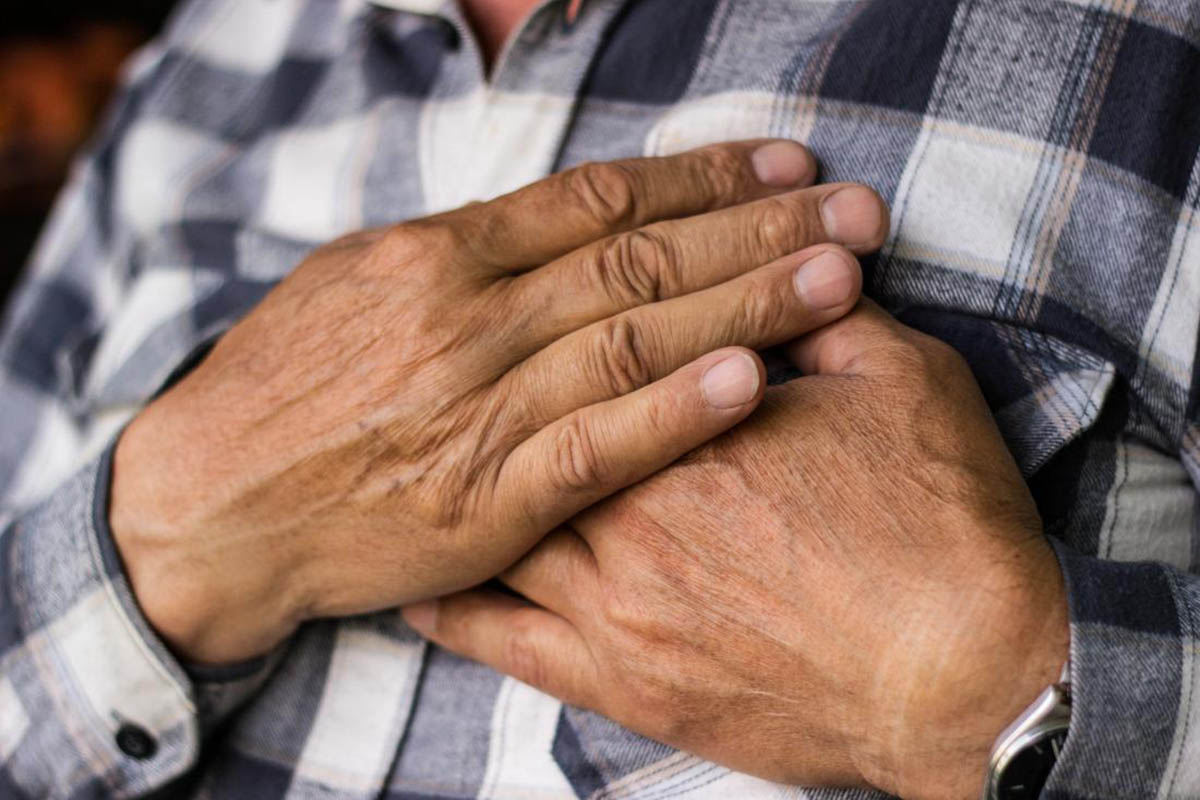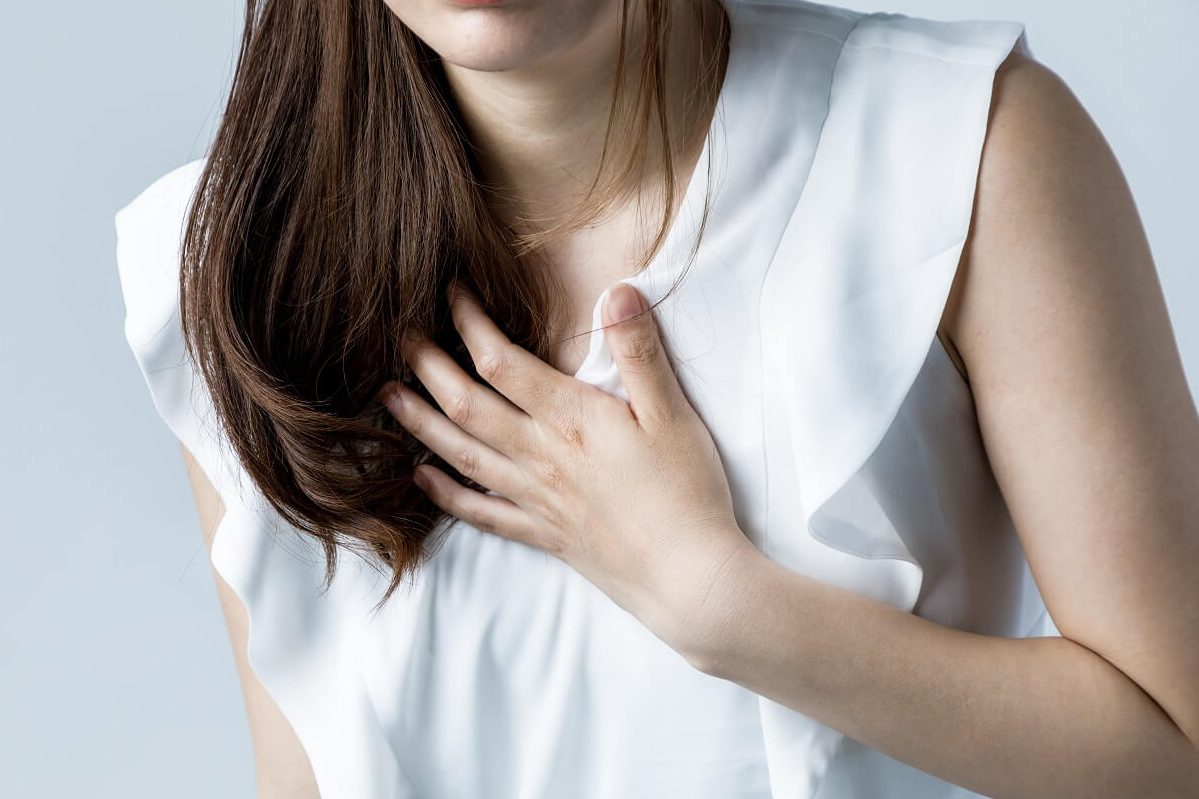CardioCare is presented as a new intelligence-based approach that aims to assist clinicians in identifying and treating patients with chronic heart disease. It is already used in more than 50 clinics and hospitals across the country.
It’s not uncommon for structural heart disease to go undiagnosed or undertreated. The secret to successfully treating structural heart disease is an accurate diagnosis of the disease and the problematic area within the heart. There is also a need for thorough follow-up.
CardioCare was established to assist physicians in the diagnosis and treatment of such patients. For example, the system …



